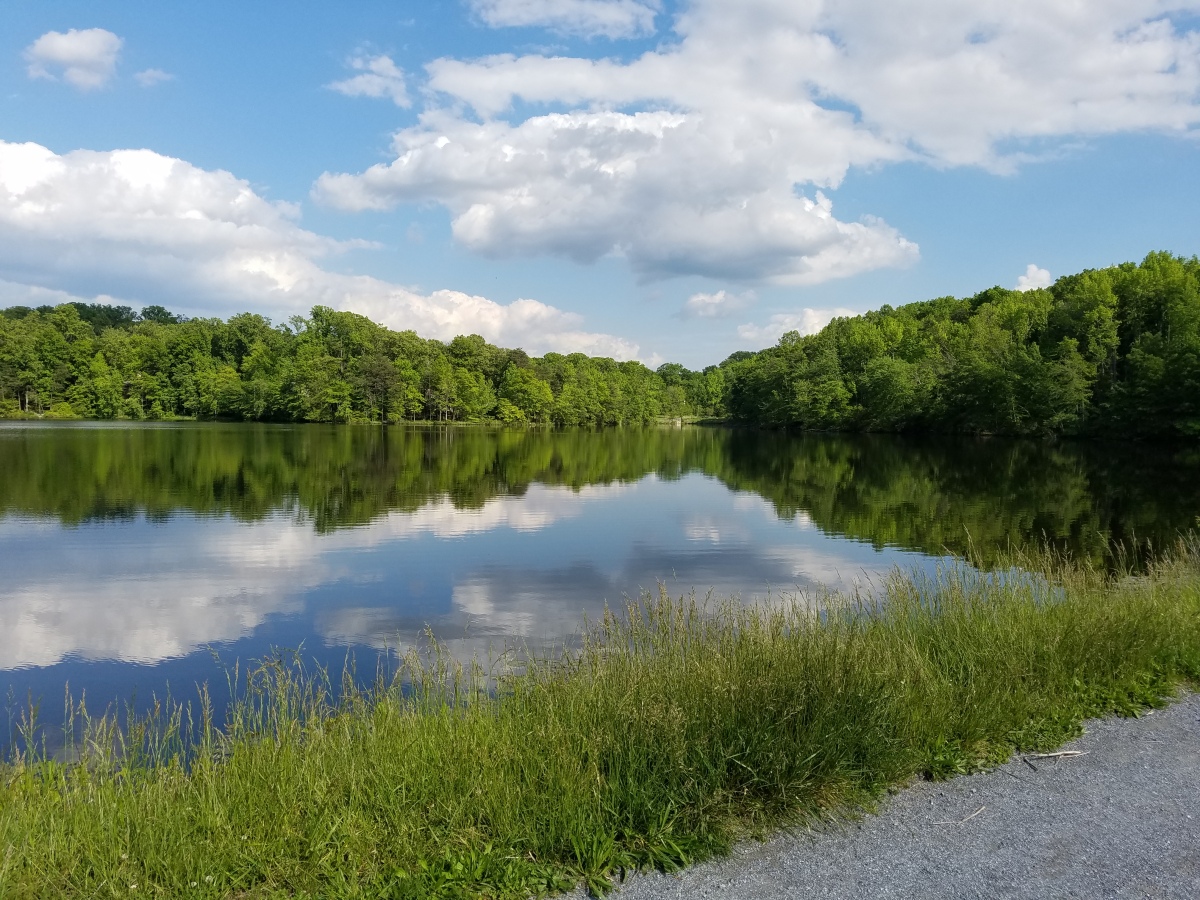Greenbelt is … green.
When I first met my wife, I had spent my entire life living in one Montgomery County zip code. As our relationship grew, we discussed which of us would move. I enjoyed living in my neighborhood, but Lauren loved Greenbelt. It was the only place she had ever lived and she told me she never wanted to leave. Why? What about her neighborhood was any different than the neighborhoods in which I had been raised? Spending any amount of time here in Greenbelt quickly changes that perspective. Greenbelt’s location, accessibility, and affordability are hard to rival in DC’s metropolitan area and the small, intimate community feel is also quite appealing.
Greenbelt was imagined in 1935 as part of Franklin D. Roosevelt’s New Deal and residents began moving in on October 1, 1937. Prior to construction, careful planning and consideration were taken to decide the layout of Greenbelt to provide pedestrians with access to a center comprised of community buildings, shopping, and entertainment through a network of walkways and paths. This design allowed Greenbelt to thrive, putting green spaces and pedestrians at the forefront of the city.
It is this nature and pedestrian-friendly lifestyle which struck me most when moving to Greenbelt. Its walkways, tunnels, and roads have been carefully planned and designed to encourage walking. Common spaces, fields, parks, and playgrounds took priority to encourage neighbors to spend their time outdoors and share their experiences with one another. I have personally always believed that where we live affects our mental and physical health. After moving to Greenbelt, I have found that the environment of green spaces and social connections positively affected my mental and physical health just as much as a string of warm, sunny, low-humidity days.

Geospatial medicine studies how our location and environment affects our health and happiness and is used to help diagnose and treat disease based on one’s geographic history. A growing body of research has found that in addition to improving our mood, green spaces have a direct beneficial impact on our health when we spend time in them. After investigating decades long recommendations by The Forest Agency of Japan to spend time in the woods to improve one’s health, researchers discovered taking a walk in woods lowers levels of the stress hormone cortisol, beneficially impacting one’s blood pressure and immune system. In another study, Japanese scientists discovered that plants and trees emit phytoncides which produce healthy changes in human biology when inhaled – comparable to the advantages of aromatherapy. Recent studies by scientists worldwide are concluding that other benefits of being in green spaces include boosting growth of cancer-fighting cells, improving depression and anxiety, and in the future helping with the treatment of ADHD.
The benefits of green spaces are not all created equal. The quality of green spaces has been found to be the important factor impacting one’s well-being and happiness. What defines the quality of a green space is very subjective and depends on the individual. This is why both variety and quantity of green spaces matter. While some individuals prefer aesthetic factors such as a lake, woods, or grassy areas, others prefer a green space for sports or recreations, and still others prefer a quiet space to withdraw from the demands of their daily life. Researchers in England concluded that green spaces promoting social interactions and networks increased happiness. Another research team in the Netherlands found that residents of neighborhoods “with a higher availability of accessible and usable green spaces were more satisfied with their neighborhood.”

As Kathy D. Knepper mentions in her book “Greenbelt, Maryland: A Living Legacy of the New Deal,” the common desire of Greenbelters is to stay in Greenbelt. Why? Thank the variety of green spaces throughout our town. Our green spaces encourage us to communicate and interact with each other in meaningful ways. To cultivate our health and well-being. To foster community. Whether it’s enjoying the playgrounds, playing sports on one of three large fields, swimming outside at the community pool, riding a board at the skatepark, taking a hike through GHI’s woods, or having a picnic at the lake, our green spaces define Greenbelt and us as Greenbelters.
“Greenbelt took its name from the belt of green forestland with which it was surrounded and from the belts of green between neighborhoods that offered easy contact with nature (History of Greenbelt, Maryland).” Green is what makes Greenbelt great; it is the essence of our town. It is our identity.
Editor’s Note: Join us next Tuesday for another article!


One thought on “Green Spaces Are The Place To Be”